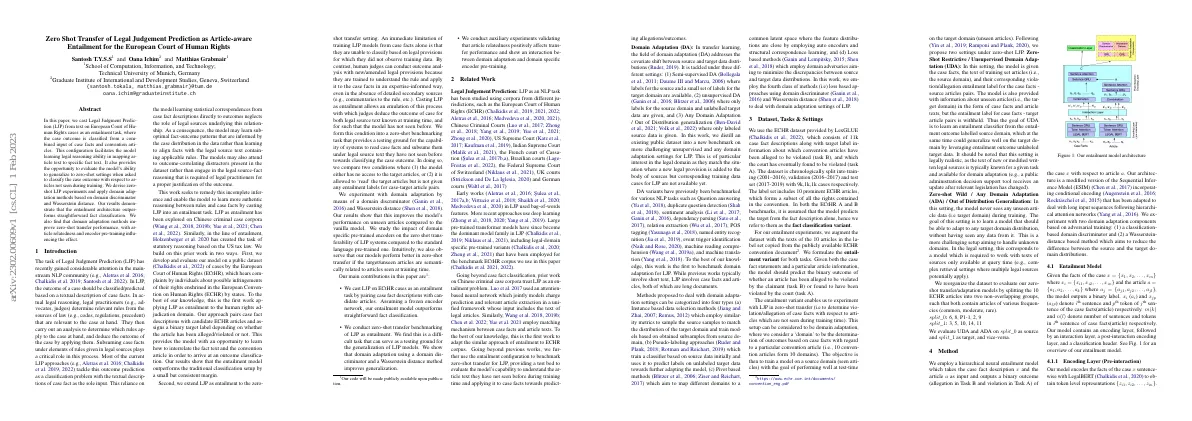Link to paper The full paper is available here.
You can also find the paper on PapersWithCode here.
Abstract HMC is an algorithm to sample latent variables from Bayesian models PPLs allow users to focus on modeling instead of writing inference algorithms HMC can be difficult to use for some models, requiring tricks like reparameterization Marginalization can simplify models and improve sampling from hierarchical models Paper Content Introduction PPLs automate Bayesian reasoning User specifies probabilistic model and provides data PPLs have had tremendous impact in applied sciences PPLs vary in distributions and inference approach Focus on generative PPLs and programs that correspond to a graphical model Can reformulate model so some latent variables are generated after all observed variables Reducing number of variables for MCMC can lead to performance gains Automatically marginalize variables in user-specified probabilistic program for inference with HMC Motivating examples Eight Schools model is an example of a hierarchical model to study the effect of coaching on SAT performance in eight schools The model is mathematically represented by µ ∼ N (0, 5 2 ), τ ∼ HalfCauchy(5) There is another model with the same joint density, but different causal interpretation HMC inference can be sped up by marginalizing x 1:8 and running HMC on the reduced model Conjugacy is a property of distribution families that allows for the transformation of the model In the eight schools model, x i is conjugate to y i given µ and τ Hierarchical linear regression is a more complex model that requires user effort to reformulate Automatically marginalized mcmc Our method will construct a graphical model and manipulate it to reduce the number of variables....









